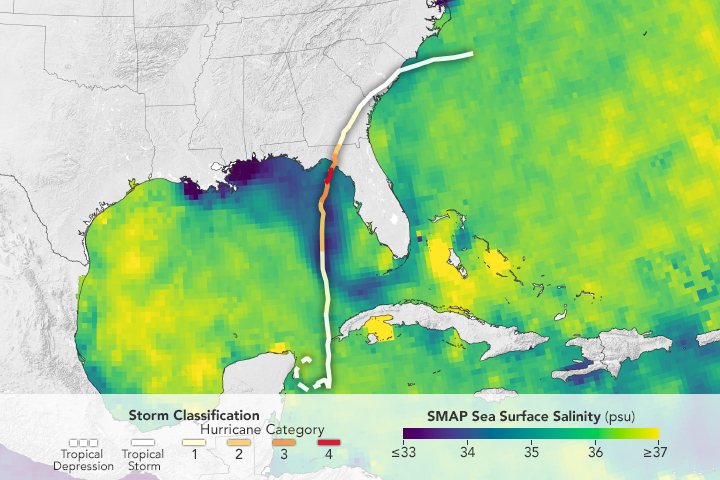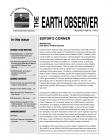



Recent Imagery
You will be directed to the NASA Visible Earth webpage when you select Images by Mission below, or click on the images at right that are randomly generated to represent four out of all possible topics.
The Earth Observer has a new look! Visit the NEW Earth Observer website.
The Earth Observer: Mar - Apr, 1999
In This Issue
Click title below to view page
- Editor's CornerFront Cover
- Science Team Meeting
- AIRS/AMSU/HSB on EOS PM-1 Instrument Performance and Product Generation3
- 16th Advanced Spaceborne Thermal Emission and Reflectance Radiometer (ASTER) Science Team Meeting7
- TOPEX/Poseidon and Jason-1 spaceborne altimetry missions12
- Science Articles
- Tropical Clouds and Associated Sea Surface Temperatures11
- Statistics on the DAAC Usage14
- NASA Unveils Earth Observatory Web Space17
- EOS Scientists in the News19
- NASA’s Resolute Bay/North Pole 1999 Expedition: Communications, Science, and Cultural Exchanges20
- Announcements
- Calendars23
Editor's Corner
Michael King, EOS Senior Project Scientist
On March 30, Dr. Ghassem Asrar, Associate Administrator of the Office of Earth Science, announced the selection of CloudSat for an end-to-end small spacecraft mission known as an Earth System Science Pathfinder (ESSP). CloudSat, which will fly in 2003, is a mission focused on understanding the role of optically thick clouds on the Earth’s radiation budget, and is led by Prof. Graeme Stephens of Colorado State University, Fort Collins, CO. CloudSat will use an advanced cloud-profiling radar to provide information on the vertical structure of highly dynamic tropical cloud systems. This new radar will enable measurements of cloud properties for the first time on a global basis, revolutionizing our understanding of cloud-related issues. CloudSat is a collaboration between the United States, Canada, Germany, and Japan, and will be managed by the Jet Propulsion Laboratory. It is estimated to cost $135 M in total, of which NASA’s contribution will be approximately $111 M, with additional funding provided by the Canadian Space Agency, the U.S. Department of Energy and the U.S. Air Force. The Canadian Space Agency also is developing key radar components and contributing scientific expertise. Ball Aerospace, Boulder, CO, will build the CloudSat spacecraft...
Read more...

